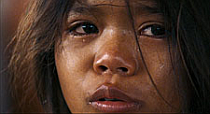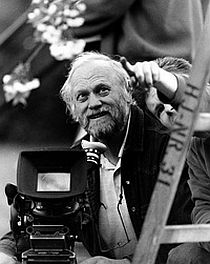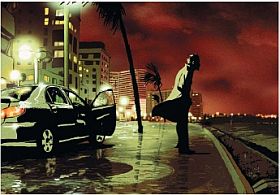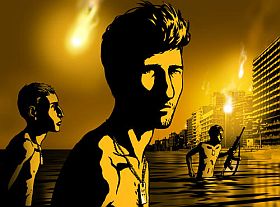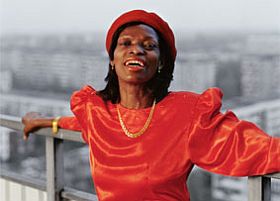


Århus Filmfestival 2
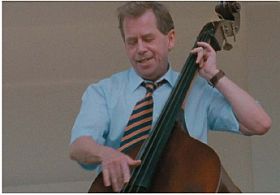
Så er filmvisningerne i gang i Århus. Man skulle kunne være to steder nu. Må jeg her lige pege på de film i programmet, som Tue Steen Müller har anmeldt her på siden:
Timo Novotny: Life in Loops (8. april 2008: “… one of the most important documentaries from the last years.” 6 penne.)
Avi Folman: Waltz with Bashir (11. november 2008: “… It is all so well made, perfect craftmanship, it is beatiful to watch, it is packed with emotional music, full of effects, sometimes as an actionfilm.. and yet, or maybe therefore, I dont care about their stories.” 3 penne.)
John Webster: Recipes for Disaster (6. juni 2008: “… but slowly the wonderful film character Anu expresses her disagreement with the behaviour of – as she says – the “bossy” husband who wants to send a message to the world and.. 5 penne.)
Miroslav Janec og Pavel Koutecky: Citizen Havel (26. september 2007: “… a film full of humour about a gentle man who – as he says himself – is unwilling to conform to the stereotypes. A man who listens and thinks before he talks.”)

